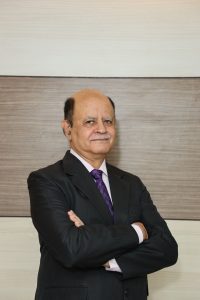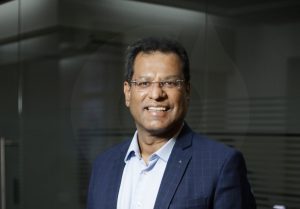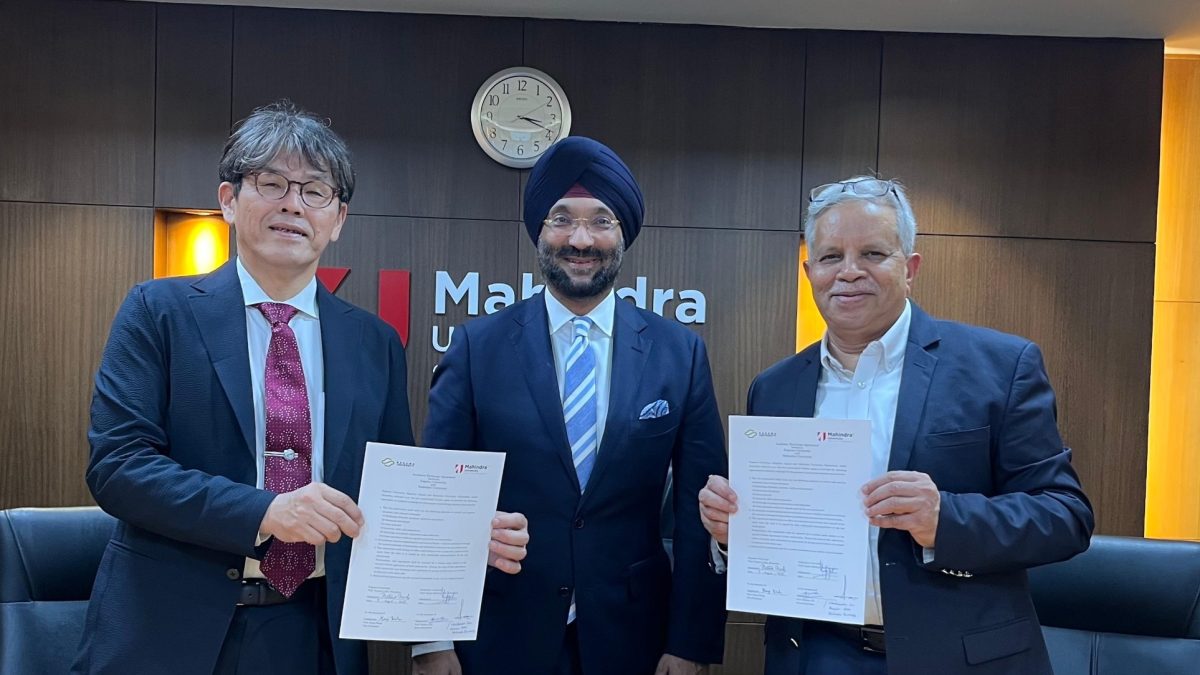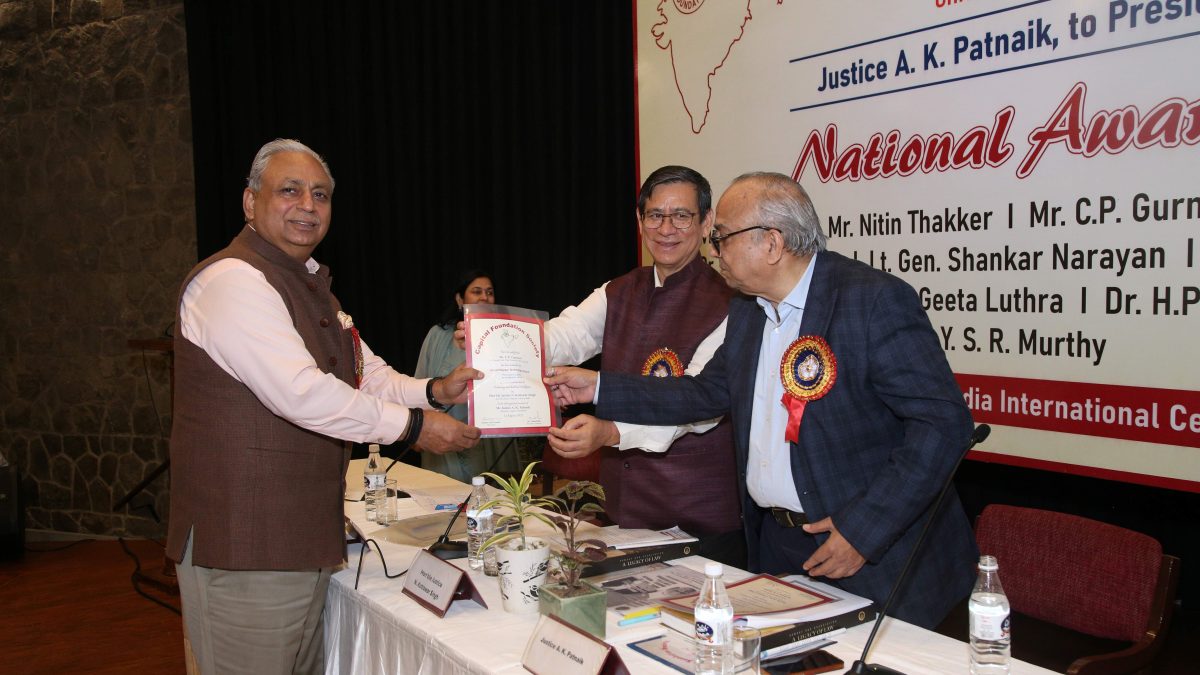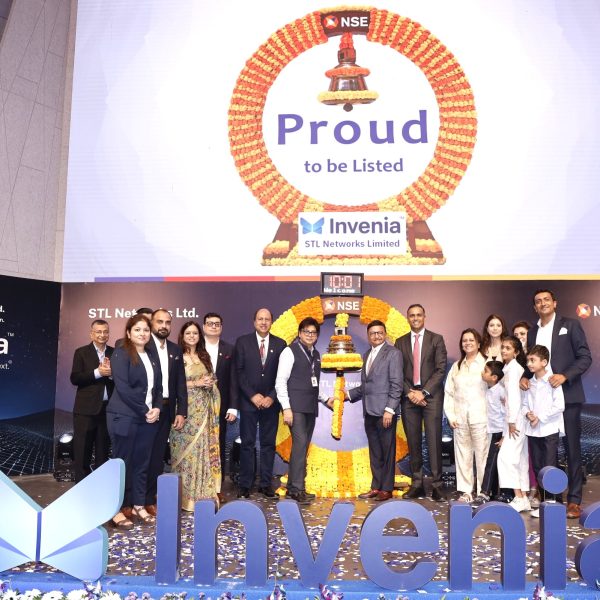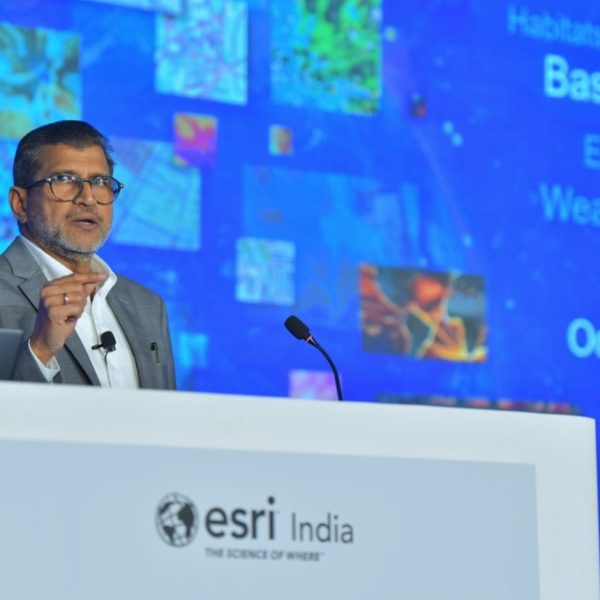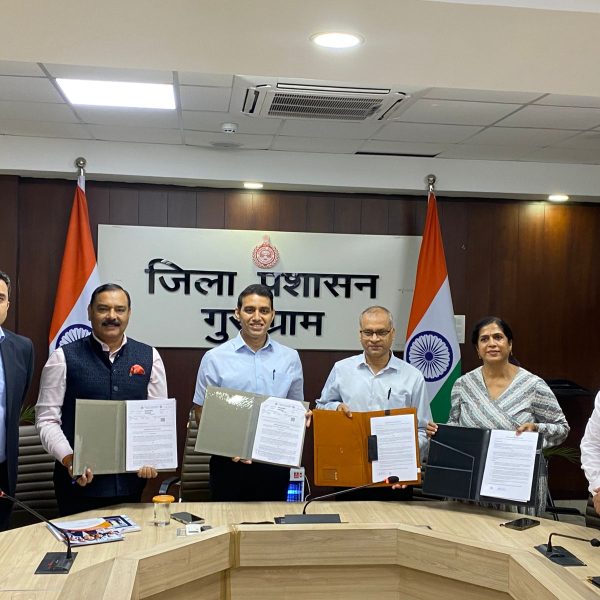30 Years On: India Celebrates a Landmark in Mobile Communication
Today marks a historic milestone in India’s digital journey — the 30th anniversary of its very first mobile phone call, made in Kolkata in 1995. What began as a tentative step into the world of wireless communication has since evolved into one of the world’s most dynamic and inclusive telecom ecosystems.
Over three decades, India has grown into the second-largest telecom market globally, boasting over 1.2 billion subscribers, some of the world’s most affordable data rates, and a rapidly expanding 5G network. This evolution has been driven by a combination of technological innovation, regulatory support, and the resilience of key industry players.
A Journey of Transformation
Reflecting on this journey, Lt. Gen. Dr. S.P. Kochhar, Director General of the Cellular Operators Association of India (COAI), said:
Lt. Gen. Dr. S.P. Kochhar, Director General, COAI
“India’s telecom sector has witnessed a phenomenal transformation since the first cellular call in 1995. The affordability of services has connected millions, fueling the Digital India movement. Today, 5G has reached over 85% of our population, enabling innovations in sectors from telemedicine to smart agriculture. India is not just participating in the global digital revolution — we are shaping it, even as we prepare for the advent of 6G.”
From the First Call to 5G and Beyond
Nokia, a longstanding partner in India’s connectivity evolution, made history with the country’s first GSM call in 1995. Tarun Chhabra, Senior Vice President and Country Head of Nokia India, highlighted the company’s pioneering role:
Tarun Chhabra, SVP & Country Head, Nokia India
“From enabling the first GSM call to introducing 5G in 2022, Nokia has played a pivotal role in India’s digital journey. We continue to be a key technology partner for public and private operators, driving India’s connectivity roadmap forward.”
The Power of Indigenous Innovation
Companies like HFCL have been instrumental in fostering homegrown solutions. Mahendra Nahata, Managing Director of HFCL, noted the importance of India’s push for self-reliance:
Mahendra Nahata, Managing Director, HFCL
“India’s telecom infrastructure has grown from modest beginnings to one of the world’s most robust. The government’s ‘Made-in-India’ initiative has helped indigenous companies like ours emerge as global contenders. We’re proud to deliver innovation built by Indian minds, for Indian needs — and for the world.”
From SMS to Seamless Engagement
For Comviva, a pioneer in value-added services (VAS), the last 30 years have seen the mobile phone evolve from a communication device to a platform for rich digital engagement. Rajesh Chandiramani, CEO of Comviva, shared:
Rajesh Chandiramani, CEO, Comviva
“We were there in the early days of ringtones and SMS alerts. Today, we enable real-time, AI-powered, omnichannel engagement for telecom operators and enterprises alike. What was once ‘value-added’ is now essential to customer experience. We’re proud to have helped shape this evolution.”
Democratizing Smartphones
India’s mobile revolution wouldn’t be complete without the smartphone. MediaTek has played a significant role in democratizing access to powerful devices across all price points. Anku Jain, Managing Director of MediaTek India, remarked:
Anku Jain, Managing Director at MediaTek India
“From feature phones in 1995 to AI-powered 5G smartphones today, India’s digital landscape has transformed. With 85.5% of households now owning a smartphone and 980 million 5G subscriptions projected by 2030, MediaTek remains committed to powering meaningful innovation and accessible connectivity for all.”
Looking Ahead
As India marks three decades since its first mobile call, the story is far from over. With 5G already reshaping industries and early conversations around 6G gaining traction, the future holds even greater promise.
The telecom sector’s success stands as a testament to collaborative innovation, visionary policy, and unwavering commitment to digital inclusivity. From a single call in 1995 to becoming a global leader in telecom, India’s journey is one of inspiration — and ambition.


